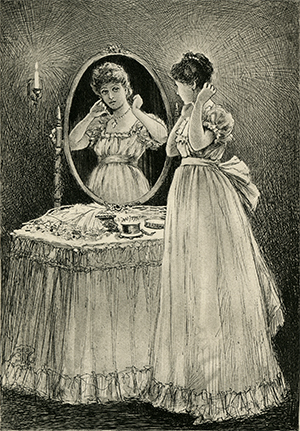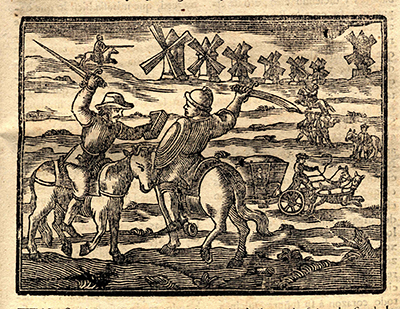Frequently we hear from members of our Ohio State community, that they never knew we had particularly strong holdings in such diverse areas as Cervantes, Children’s Science, Photography, even Scientology. We are particularly surprised when we hear from our local scholarly constituency that they have never heard of the William Charvat Collection of American Fiction, which is University Libraries’ strongest research book collection and among the greatest collections of its kind in the nation. Of course, we should modestly admit that not everyone’s life revolves about the Ohio State University Libraries (OSUL) and, try as we might to publicize and promote our collections, sometimes we fail to reach that very audience which might be most interested in both a popular and academic resource like the Charvat Collection. If we are reaching that audience now, here is a link to the Charvat Collection web site: http://library.osu.edu/find/collections/charvat/. Of course, the Charvat Collection, at least in name, would never have existed if there had not been a William Charvat and, though we discuss him briefly on the web site, he is deserving of more recognition.
The early life of William Charvat is sketchy. He was born in New York City on July 15, 1905 and attended New York University where he received hs B.S. and M.A. degrees. The University of Pennsylvania awarded him his Ph.D. in 1934. After a brief stint at New York University, Charvat came to the Ohio State University in 1944 where he began his career as a distinguished professor of American literature in the Department of English. For much of his time at Ohio State, he was part of a triumvirate of American literature faculty that included Roy Harvey Pearce and Claude Simpson who were among the most respected literary scholars of their time. This academic trio, for instance, was responsible for establishing the Centenary Hawthorne Edition at Ohio State, an editorial project that became the model, under the auspices of the Center for Editions of American Authors, at other universities throughout the country, e.g., William Dean Howells at Indiana University, Herman Melville at Northwestern University, Mark Twain at the University of California, Berkeley, etc.
William Charvat, in his individual scholarship, was a pioneer in his approach toward the analysis and interpretation of American literary culture. Today, most scholars take for granted that the study of the book trade is a necessary prerequisite to our understanding of the influence that the business of writing had not only on literary production, but on the shape of an artist’s aesthetic vision. Yet Charvat’s Literary Publishing in America, 1790-1850 (University of Pennsylvania Press, 1959) and The Profession of Authorship in America, 1800-1870 (published posthumously by Ohio State University Press, 1968) were groundbreaking works in the study of American book history. Their respective reissues by the University of Massachusetts Press in 1993 and Columbia University in 1992 attest to the enduring value of William Charvat’s contribution to American literary scholarship.
Charvat’s bibliographic prescience was equally impressive. It was under his guidance that the American fiction collection at OSUL became the great research collection that it is today. Established in the late 1950s, the collection was officially named the William Charvat Collection of American Fiction upon Charvat’s death in 1966. Charvat recognized early on the importance of a broad-based approach to the study of American literature, and that in addition to having the works of major canonical writers always at hand, scholars needed access to those lesser lights better known for their local-color fiction, popular genre writing, and treatment of disreputable, if not repugnant, subjects within the realm of fiction. Charvat believed that a comprehensive library collection of a particular area within a national literature, if not an entire national literature itself, was an indispensable resource for the scholarly community. At Charvat’s urging the Rare Books and Manuscripts Library concentrated its collection efforts on amassing American fiction following the criteria of Lyle Wright’s three-volume A Contribution to American Fiction, 1789-1900, criteria for selection that have remained constant for close to five decades: first American printings of adult fiction by United States authors.
Howard Mumford Jones, another giant in American literary scholarship from an earlier generation, summarized well William Charvat’s academic standing in his Scholarship, Novelty, and Teaching: An Address in Memory of the Late William Charvat (The Ohio State University Press for the Department of English;, Ohio State University, [1968]): “The best contribution of the scholar to education is to enrich scholarship, to continue it, to make it available to all those competent and ready to accept the philosophy that scholarship implies. Such seems to me still the proper goal and appropriate contribution of the scholars to this or any other time. If I understand him correctly, this also William Charvat believed.”
Geoffrey D. Smith











Recent Comments